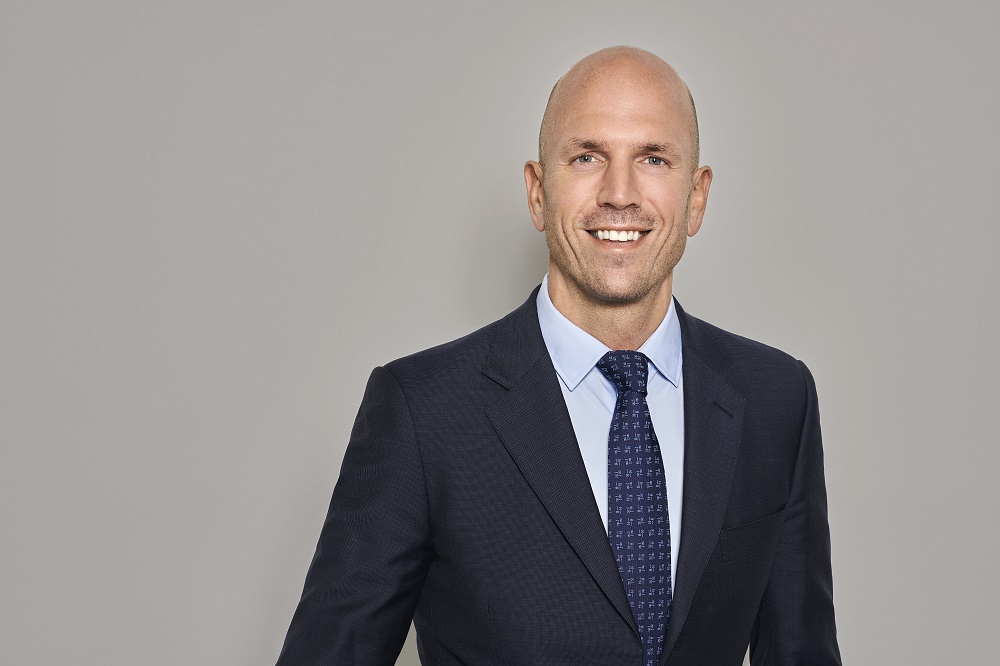What will the SoHO Regulation do for the underserved rare disease community?
This Regulation is an opportunity to meet patients’ needs across the EU for blood, tissues and cell products without compromising donor safety. The revision could help ensure reliable availability of plasma and help EU Member States provide sustainable patient access to potentially lifesaving plasma-derived medicinal products (PDMPs). Previous legislation introduced two decades ago has not kept pace with scientific progress. Since then, safety margins have improved exponentially due to strict standards and procedures around donation and advancements in scientific knowhow that are now embedded in the manufacturing processes[i].
EU patient need for plasma therapies cannot currently be met from EU plasma collections alone. The Regulation should support the ability to increase plasma collection to meet the growing need for PDMPs – several of which are on the World Health Organization’s List of Essential Medicines[ii] – and reduce the EU’s dependency on plasma from the United States. A more sustainable global and regional plasma supply is in the best interest of patients.
Why is donor plasma important and what is its role in health care today?
Plasma is the liquid portion of blood necessary to help the body recover from injury, distribute nutrients, remove waste and prevent infection. Plasma cannot be prepared synthetically; it can only be obtained through donations from healthy individuals and is quickly replenished in donors’ bodies.
Approximately 300,000 people across the EU depend on plasma-derived medicinal products,[iii] which are used to treat lifelong, life-limiting rare diseases, as well as patients in emergency and critical-care situations. Without these therapies, many patients would have a significantly reduced quality of life or may not survive.
 Giles Platford
Giles Platford
However, there is a worldwide supply-demand imbalance of PDMPs[iv], and the growth in demand is outpacing the available supply of plasma required to produce them[v]. The need for PDMPs has been increasing over several decades due to improved and earlier diagnosis of conditions that can be treated by PDMPs; increased longevity resulting in patients requiring treatment for longer periods of time; and broader clinical use as new indications are approved.
What are the challenges of plasma supply in the EU?
In the EU there is currently a shortfall of over 5 million litres of plasma needed to manufacture PDMPs, which means we must import nearly 40% from the United Statesiii. It’s vital we put in place a regulatory framework that helps the public and private sector to operate alongside each other to collect plasma and that recognises the differences between whole blood donations and plasma donation for fractionation, i.e., the plasma that is collected for manufacturing medicines.
Additionally, Europe has relatively few dedicated plasma donation centres that can collect plasma through plasmapheresis, an automated plasma collection process that is more efficient than sourcing plasma from whole blood. Plasmapheresis takes up to two hours and, on average, 800ml of plasma can be collected, whereas recovering plasma from whole blood donations is less time-consuming but typically provides just 280ml. To put this into perspective, almost 60 million litres of plasma are used every year worldwide to produce therapies that treat millions of people[vi]. Greater investment in plasmapheresis, along with a more conducive regulatory framework, is essential.
What is the potential impact of a more sustainable supply of plasma and PDMPs in Europe?
It will change lives. Takeda recently commissioned an analysis with Copenhagen Economics that estimated more than 1 million Europeans are affected by one of the 12 most common rare diseases that can be treated with PDMPs. As some of these diseases have no alternative treatments and are often lifelong, the direct impact to patients and healthcare systems is immeasurable. Additionally, the indirect costs of inadequate care range from 1.1 and 1.6 billion EUR/year[vii] and represent resources that could be redirected to other areas. Greater assurance of the reliability of plasma supply is also critical to patients, and diversifying supply can mitigate the risk of depending on a single market that has its own challenges.
What steps can MEPs take to make the draft Regulation work for these patients?
They can encourage new approaches to increase plasma donation and support regulation that addresses the challenges outlined above.
The Commission’s draft provides for definitions of ‘plasma’ and ‘plasma for fractionation’ that help distinguish between blood products for transfusion and plasma for fractionating PDMPs, which allow for donor eligibility criteria that reflect safety and scientific advances.
Additionally, we welcome the acknowledgment in the draft text that giving a fixed rate allowance for SoHO donors is consistent with the Voluntary Unpaid Donation (VUD) principle. This compensation is important for plasma donors given the time and expenses they spend to donate.
Collaboration toward enabling more reliable supply is key to ensuring that the revised SoHO regulation strengthens the plasma ecosystem and continues to centre on the needs of patients and donors. In the four EU countries where the private sector collects plasma alongside public whole blood collection, our industry collects almost half of all plasma in the EU.
Through these efforts and consistent minimum standards for safety and quality, EU law lays the foundations for countries to establish and maintain effective blood and plasma collection systems to meet the needs of their citizens. Governments and authorities of EU countries can then build on this foundation to collect more plasma to meet the growing patient need for PDMPs.
[i] https://aob.amegroups.com/article/view/4316/5051
[ii] World Health Organization Model List of Essential Medicines: 21st list 2019. Geneva: World Health Organization;
2019 (https://apps.who.int/iris/handle/10665/325771, accessed 21 December 2020).
[iii] https://www.pptaglobal.org/images/PPTA_Position_paper_on_the_EU_BTC-20May22.pdf
[iv] https://apps.who.int/iris/bitstream/handle/10665/340171/9789240021815-eng.pdf
[v] https://www.politico.eu/sponsored-content/how-to-increase-plasma-collection-in-eu
[vi] MRB. The growing Demand for Plasma Derived Medicinal Products (PDMPs) and its Impact on Plasma Collections. IPPC Congress March 2019
Sign up to The Parliament's weekly newsletter
Every Friday our editorial team goes behind the headlines to offer insight and analysis on the key stories driving the EU agenda. Subscribe for free here.